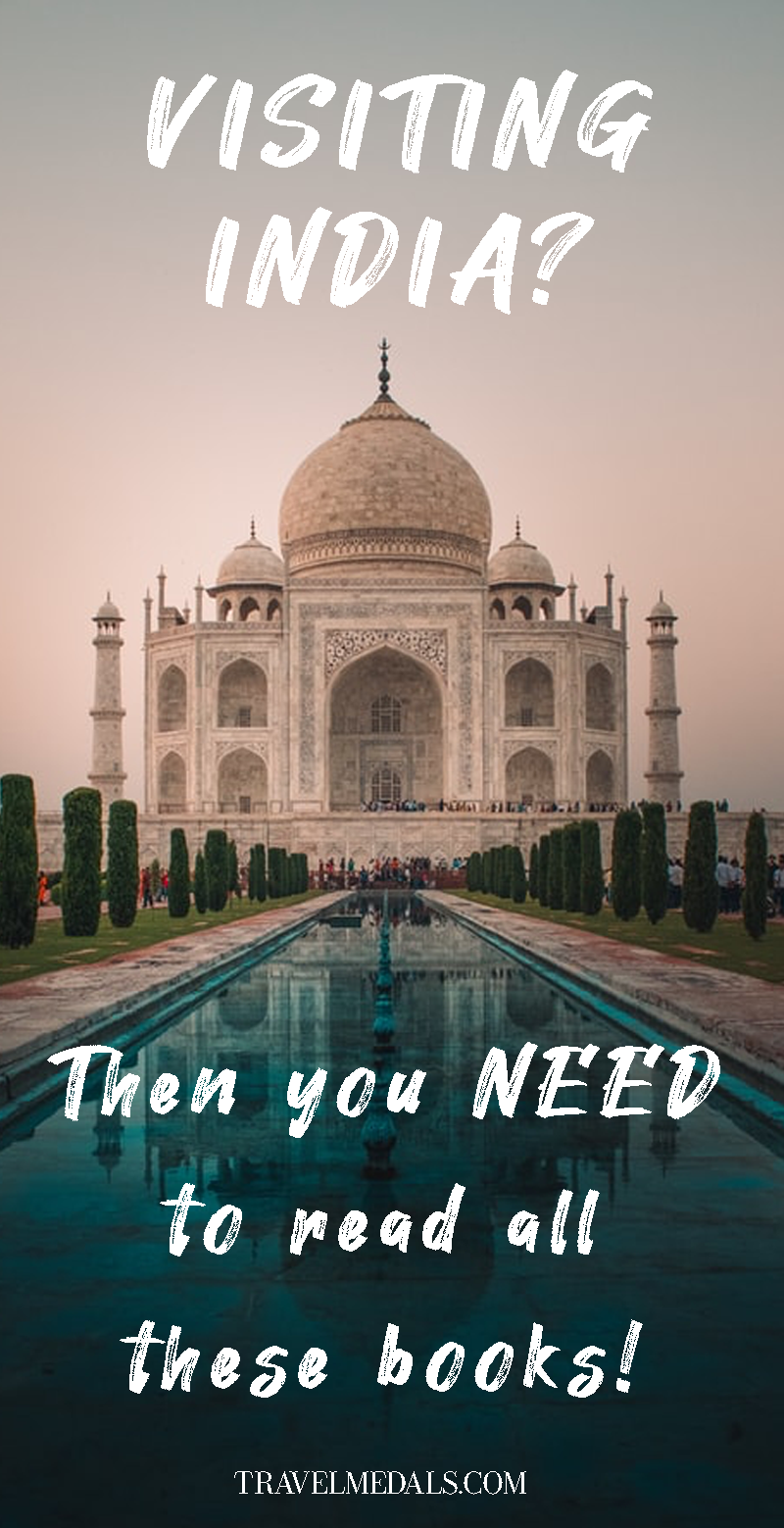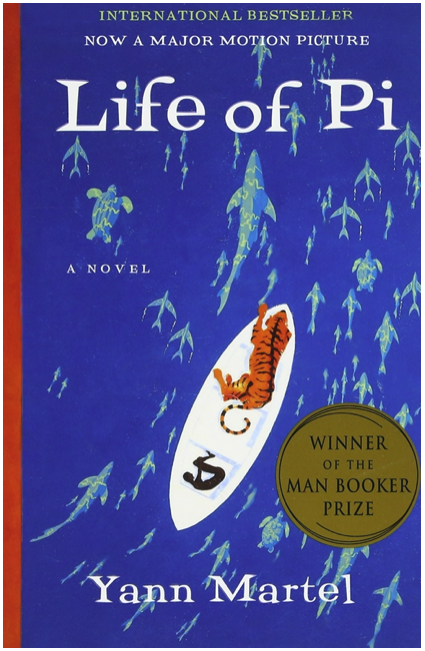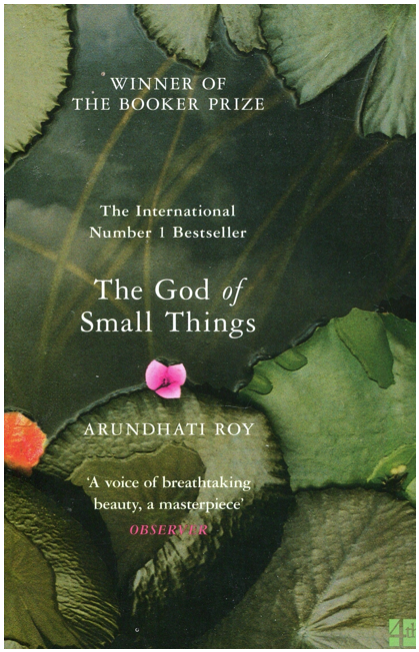Visiting India? Then You Have To Read These 5 Books!

India is the largest country in the South Asia Region, located primarily in the center of South Asia. It shares land borders with Pakistan to the northwest, China and Nepal to the north, Bhutan to the northeast, and Bangladesh and Myanmar are to the east. The Republic of India is the seventh largest country in the world by area and, with over a billion people, is second only to China in population, although its much higher birth-rate makes it likely to reach pole position in less than ten years.
It is an extremely diverse country, with vast differences in geography, climate, culture, language and ethnicity across its expanse, and prides itself on being the largest democracy on Earth and a hub of trade in Southeast Asia. India provides a vast canvass for touring whether it may be Cultural, Adventure, Religious, History, Beach or Wildlife among many other options.
There is no better way to get a feel for this vast canvas of India than to delve into some spectacular books. We have a list of our 5 favourite books set in India to get you started!

“To other countries, I may go as a tourist,
but to India, I come as a pilgrim” –
Martin Luther King, Jr.
Shantaram
by Gregory David Roberts
A novel of high adventure, great storytelling and moral purpose, based on an extraordinary true story of eight years in the Bombay underworld. In the early 80s, Gregory David Roberts, an armed robber and heroin addict, escaped from an Australian prison to India, where he lived in a Bombay slum. There, he established a free health clinic and also joined the mafia, working as a money launderer, forger and street soldier. He found time to learn Hindi and Marathi, fall in love, and spend time being worked over in an Indian jail. Then, in case anyone thought he was slacking, he acted in Bollywood and fought with the Mujahedeen in Afghanistan! Amazingly, Roberts wrote Shantaram three times after prison guards trashed the first two versions. It’s a profound tribute to his willpower.
The White Tiger
by Aravind Adiga
Balram Halwai is the White Tiger – the smartest boy in his village. His family is too poor to afford for him to finish school and he has to work in a teashop, breaking coals and wiping tables. But Balram gets his break when a rich man hires him as a chauffeur, and takes him to live in Delhi. The city is a revelation. As he drives his master to shopping malls and call centres, Balram becomes increasingly aware of immense wealth and opportunity all around him, while knowing that he will never be able to gain access to that world. As Balram broods over his situation, he realizes that there is only one way he can become part of this glamorous new India – by murdering his master. A The White Tiger presents a raw and unromanticised India, both thrilling and shocking – from the desperate, almost lawless villages along the Ganges, to the booming Wild South of Bangalore and its technology and outsourcing centres. The first-person confession of a murderer, The White Tiger is as compelling for its subject matter as for the voice of its narrator – amoral, cynical, unrepentant, yet deeply endearing. WINNER OF THE MAN BOOKER PRIZE 2008.
Life of Pi
by Yann Martel
The son of a zookeeper, Pi Patel has an encyclopedic knowledge of animal behavior and a fervent love of stories. When Pi is sixteen, his family emigrates from India to North America aboard a Japanese cargo ship, along with their zoo animals bound for new homes.
The ship sinks. Pi finds himself alone in a lifeboat, his only companions a hyena, an orangutan, a wounded zebra, and Richard Parker, a 450-pound Bengal tiger. Soon the tiger has dispatched all but Pi, whose fear, knowledge, and cunning allow him to coexist with Richard Parker for 227 days while lost at sea. When they finally reach the coast of Mexico, Richard Parker flees to the jungle, never to be seen again. The Japanese authorities who interrogate Pi refuse to believe his story and press him to tell them “the truth.” After hours of coercion, Pi tells a second story, a story much less fantastical, much more conventional – but is it more true?
Last Man in the Tower
by Aravind Adiga
21st Century Mumbai is a city of new money and soaring real estate, and property kingpin Dharmen Shah has grand plans for its future. His offer to buy and tear down a weathered tower block, making way for luxury apartments, will make each of its residents rich – if all agree to sell. But not everyone wants to leave; many of the residents have lived there for a lifetime, many of them are no longer young. As tensions rise among the once civil neighbours, one by one those who oppose the offer give way to the majority, until only one man stands in Shah’s way: Masterji, a retired schoolteacher, once the most respected man in the building. Shah is a dangerous man to refuse, but as the demolition deadline looms, Masterji’s neighbours – friends who have become enemies, acquaintances turned co-conspirators – may stop at nothing to score their payday …
The God of Small Things
by Arundhati Roy
‘They all broke the rules. They all crossed into forbidden territory. They all tampered with the laws that lay down who should be loved, and how. And how much.’
This is the story of Rahel and Estha, twins growing up among the banana vats and peppercorns of their blind grandmother’s factory, and amid scenes of political turbulence in Kerala. Armed only with the innocence of youth, they fashion a childhood in the shade of the wreck that is their family: their lonely, lovely mother, their beloved Uncle Chacko (pickle baron, radical Marxist, bottom-pincher) and their sworn enemy, Baby Kochamma (ex-nun, incumbent grand-aunt).
Arundhati Roy’s Booker Prize-winning novel was the literary sensation of the 1990s: a story anchored to anguish but fuelled by wit and magic.














